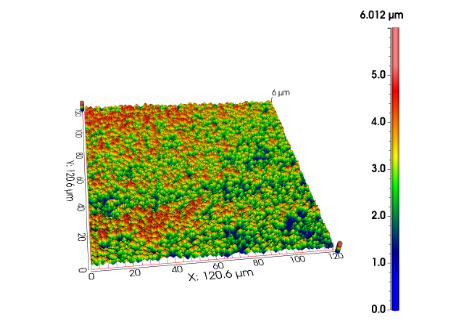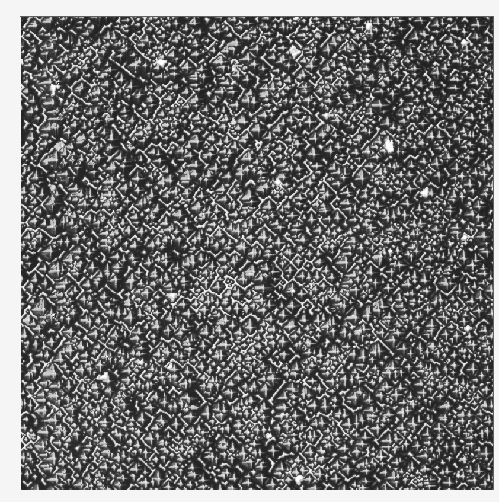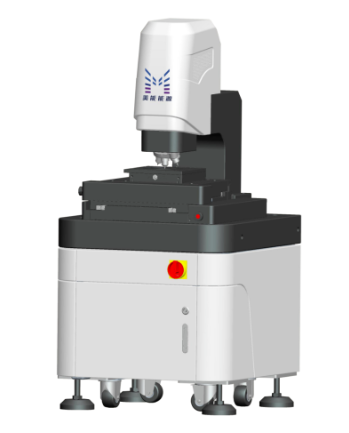
Quantum Efficiency Tester
PL/EL Integrated System
PV-Reflectumeter
3D Confocal Microscope
In-Line Four Point Probe Tester
Four Point Probe Tester
In-Line Thin Film Thickness Tester
Raman Spectrometer
FTIR Spectrometer
Spectrophotometer
Automatic Spectroscopic Ellipsometer
Contact Resistance Tester
Ultra depth of field 3D microscope
Auto Visual Tester
VMM PV Vision Measuring Machine
Solar Cell Horizontal Tensile Tester
Steady State Solar Simulator for Solar Cell
Solar Cell UV Aging Test Chamber
Solar Cell Comprehensive Tensile Tester
Visual Inspection Tester
Wet Leakage Current Tester
PV Module EL Tester
PV Module UV Preconditioning Chamber
Steady State Solar Simulator for PV Module
Current Continuous Monitor
Potential Induced Degradation Test
Bypass Diode Tester
LeTID Test System
Reverse Current Overload Tester
Impulse Voltage Tester
Hipot Insulation Tester
Ground Continuity Tester
Hipot Insulation Ground Tester
Damp Heat Test Chamber
Humidity Freeze Test
Thermal Cycle Test Chamber
Dynamic Mechanical Load Tester
Static Mechanical Load Tester
Hail Impact Tester
Robustness of Termination Tester
Module Breakage Tester
Cut Susceptibility Tester
Peel Shear Strength Tester
Universal Testing Machine (Single-arm)
Universal Testing Machine (Double-arm)
Glass Transmittance Tester
Acetic Acid Test Chamber
EVA Degree of Crosslinking Test System
Junction Box Comprehensive Tester
Drop ball tester
Semi-automatic scanning four-probe tester
Stylus Profilometer
Maximum Power Point Tracker
Perovskite Glass Transmittance Tester
Perovskite P1 Laser Scribing Multifunctional Testing Machine
Perovskite Online PL Tester
Perovskite Online Sheet Resistance Tester
Online Perovskite Film Thickness Tester
Perovskite Process Inspection Workstation
Portable IV Curve Tester
Portable EL Tester
Portable Thermal Imaging Tester
Solar Module Multi-Channel Testing System
PV Inverter Power Quality Tester
Drone EL Tester
IV Tester
IVEL Cell Sorting Machine
Monocrystalline Texturing Process
Date : 2024-01-26Views : 125
The cleaning and texturing process is also different when producing polycrystalline cells and monocrystalline cells. This issue of Millennial Solar will introduce to you the monocrystalline texturing process.
Principles and requirements of single crystal texturing
General requirements for textured surface: after texturing, there should be no obvious color difference on the surface of the silicon wafer; the textured surface should be small and uniform.
Single crystal texturing principle:
In short, it utilizes the anisotropic corrosion of silicon in low-concentration alkali solution, that is, the corrosion rate of silicon on the (110) and (100) crystal planes is much greater than the corrosion rate of the (111) crystal plane. After etching for a certain period of time, four pyramids composed of (111) faces are left on the surface of the (100) single crystal silicon wafer, which are the pyramids shown in the picture above.
According to literature reports, at lower concentrations, the maximum difference in silicon wafer corrosion rates can reach V(110):V(100):V(111)=400:200:1.
Although NaOH (KOH), Na2SiO3, IPA (or ethanol) mixed system texturing has been used in industry for nearly two decades, the anisotropic corrosion and texture formation mechanism explanation during the texturing process are still controversial. This article will List some mechanism explanations:
A. Pyramids are generated from defects in the silicon wafer;
B. Defects and surface contamination cause pyramid formation;
C. The silicon hydrate produced by the chemical reaction is not easily dissolved, leading to the formation of pyramids;
D. Isopropyl alcohol and sodium silicate are the causes of pyramids.
The preferential corrosion of silicon by alkali is the essence of pyramid formation. Defects, contamination, isopropyl alcohol and sodium silicate content will affect the continuity and size of the pyramid.

Influencing factors
The formation of single crystal texture ultimately depends on two factors: corrosion rate and anisotropy
Factors affecting corrosion rate:
1. The movement rate of the corrosive liquid to the surface of the corroded object;
2. The reaction rate of the chemical reaction between the corrosive liquid and the surface of the corroded object;
3. The rate at which products leave the surface of the corroded object.
Specific influencing factors of single crystal texturing:
NaOH concentration, solution temperature, isopropyl alcohol concentration, texturing time, sodium silicate content, tank sealing degree, isopropyl alcohol volatilization, stirring and bubbling.

3D Microscope
The 3D Microscope ME-PT3000 is a high-speed confocal scanning microscope for accurate and reliable 3-dimensional (3D) measurements. Real-time confocal microscopy images are achieved through fast optical scanning modules and signal processing algorithms.
ME-PT3000 3D Microscope is an optical instrument specially used in the photovoltaic industry for quality inspection of grid lines and textured surfaces on the surface of photovoltaic cells. Based on the principle of optical technology, combined with precision Z-direction scanning module, 3D modeling algorithm, etc., the device surface is non-contactly scanned and a 3D image of the surface is established. The height and width of the grid lines on the photovoltaic cells and the textured surface are measured through the system software. The number of pyramids is quantitatively tested to provide feedback on the quality of photovoltaic cell cleaning, texturing and screen printing processes.

E-mail: market@millennialsolar.com
Every factor in monocrystal texturing will affect the final texturing effect. Different factors will cause the final film to be less than perfect. If you are interested in the specific effects, you can contact Millennial Solar for in-depth discussion.

































































